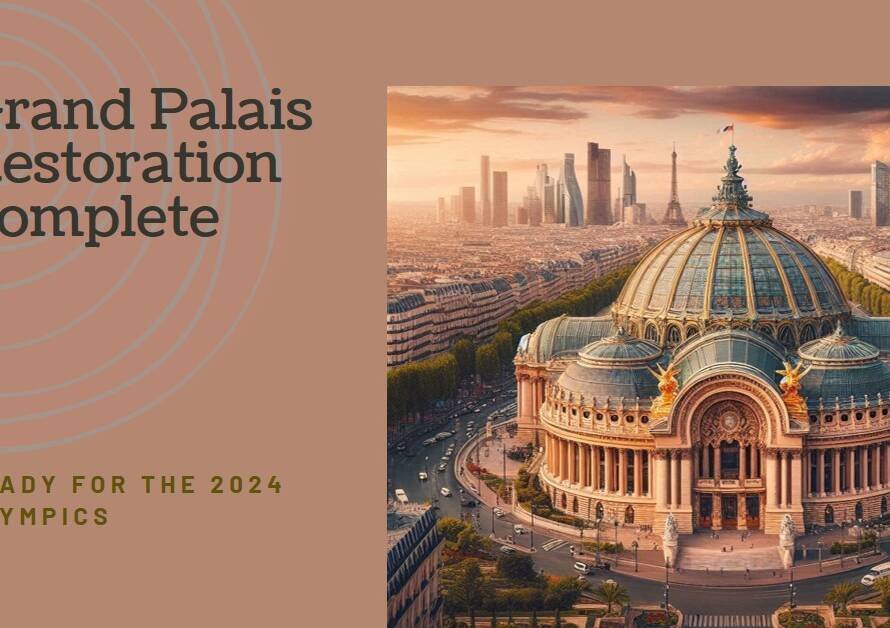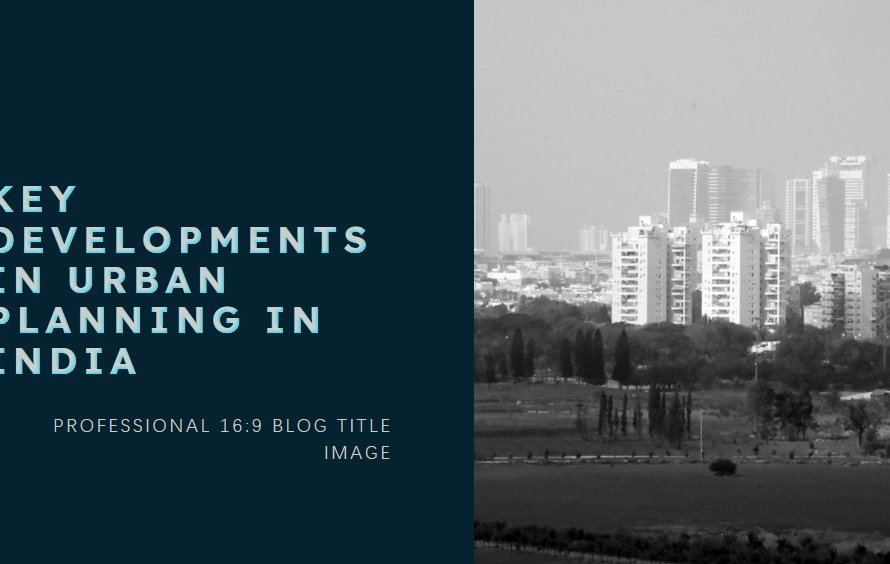
Table of Contents
1. Introduction: Enhancing Exterior Visualization with Varied Settings
Effective exterior 3D visualization relies heavily on choosing the right settings to portray architectural designs realistically and attractively. In this comprehensive guide, we will delve into various settings and environments that can be utilized in exterior 3D visualization to create stunning and impactful visual representations of architectural projects.
2. Urban Setting: Embracing Cityscapes
The urban setting is characterized by bustling streets, skyscrapers, and a blend of modern and historical architecture. When showcasing exterior designs in urban environments, focus on capturing the energy, scale, and dynamism of city life. Utilize realistic street elements like vehicles, pedestrians, streetlights, and urban greenery to bring the scene to life. Pay attention to the play of light and shadow on buildings and surfaces, emphasizing architectural details and material textures under different lighting conditions such as daytime, evening, and night scenes.
3. Coastal Setting: Capturing Serenity by the Sea
Coastal settings offer a unique blend of natural beauty, waterfront views, and architectural charm. When visualizing exteriors in coastal environments, emphasize elements such as beachfront vistas, sea waves, maritime elements like boats or piers, and coastal vegetation. Incorporate natural lighting effects like sparkling water reflections, soft ocean breezes, and the interplay of sunlight and sea mist to create a serene and inviting atmosphere. Consider the time of day to showcase sunrise or sunset scenes, adding warmth and tranquility to the visualization.
4. Suburban Setting: Embracing Residential Charm
Suburban settings are characterized by residential neighborhoods, suburban streetscapes, and a blend of single-family homes and green spaces. When visualizing exteriors in suburban environments, focus on showcasing architectural styles typical of suburban homes, such as traditional, contemporary, or transitional designs. Pay attention to landscaping details, including lawns, gardens, trees, and outdoor amenities like patios or swimming pools. Use soft, natural lighting to highlight architectural features and create a welcoming ambiance that resonates with suburban living.
5. Mountainous Setting: Emphasizing Natural Majesty
Mountainous settings offer breathtaking views, rugged landscapes, and opportunities to integrate architecture harmoniously with nature. When visualizing exteriors in mountainous environments, highlight elements such as majestic peaks, rolling hills, forests, and rocky terrain. Incorporate natural elements like mountain streams, waterfalls, or alpine flora to enhance the scene’s realism and natural beauty. Experiment with different weather conditions like clear skies, misty mornings, or snowy landscapes to showcase the versatility of the design in varied mountain settings.
6. Desert Setting: Exploring Arid Elegance
Desert settings evoke a sense of vastness, tranquility, and arid beauty, offering unique challenges and opportunities for exterior visualization. When visualizing exteriors in desert environments, emphasize natural features like sand dunes, rocky formations, desert flora like cacti and succulents, and open skies with minimal cloud cover. Pay attention to the interplay of sunlight and shadows on desert surfaces, capturing the warmth and subtleties of desert hues ranging from earthy tones to vibrant sunsets. Consider incorporating desert-specific architectural styles or materials that blend seamlessly with the arid landscape.
7. Rural Setting: Embracing Countryside Charm
Rural settings showcase pastoral landscapes, farmlands, rustic architecture, and a slower-paced lifestyle. When visualizing exteriors in rural environments, highlight elements such as farmhouses, barns, winding country roads, and agricultural fields. Incorporate natural elements like meadows, orchards, livestock, and farm equipment to create an authentic rural ambiance. Use soft, natural lighting to enhance the rustic charm of architectural designs and evoke a sense of tranquility and connection with nature.
8. Futuristic Setting: Imagining Tomorrow’s Landscapes
Futuristic settings allow for creative exploration of innovative architectural designs set in advanced urban or extraterrestrial environments. When visualizing exteriors in futuristic settings, focus on futuristic building designs, advanced technologies, and imaginative cityscapes or alien landscapes. Incorporate futuristic elements like flying vehicles, holographic displays, sustainable energy solutions, and advanced materials to convey a vision of tomorrow’s architecture. Experiment with lighting effects, neon accents, and high-tech aesthetics to create visually stunning and thought-provoking visualizations.
9. Historical Setting: Preserving Architectural Heritage
Historical settings celebrate architectural heritage, cultural richness, and timeless design principles. When visualizing exteriors in historical environments, showcase iconic historical buildings, monuments, cobblestone streets, and period-specific architectural details. Pay attention to historical accuracy in architectural styles, materials, and urban layouts, reflecting the charm and character of different historical eras. Incorporate period-specific elements like vintage vehicles, street vendors, and historical signage to evoke a sense of nostalgia and authenticity in the visualization.
10. Conclusion: Crafting Compelling Exterior Visualizations with Diverse Settings


In conclusion, leveraging diverse settings in exterior 3D visualization allows architects, designers, and visual artists to create compelling, realistic, and contextually relevant visualizations that resonate with audiences and stakeholders. By understanding the unique characteristics, lighting nuances, and design considerations of each setting—from urban and coastal to mountainous, desert, rural, futuristic, and historical—professionals can tailor their visualizations to tell captivating stories, showcase design versatility, and inspire admiration for architectural excellence in various environments.



